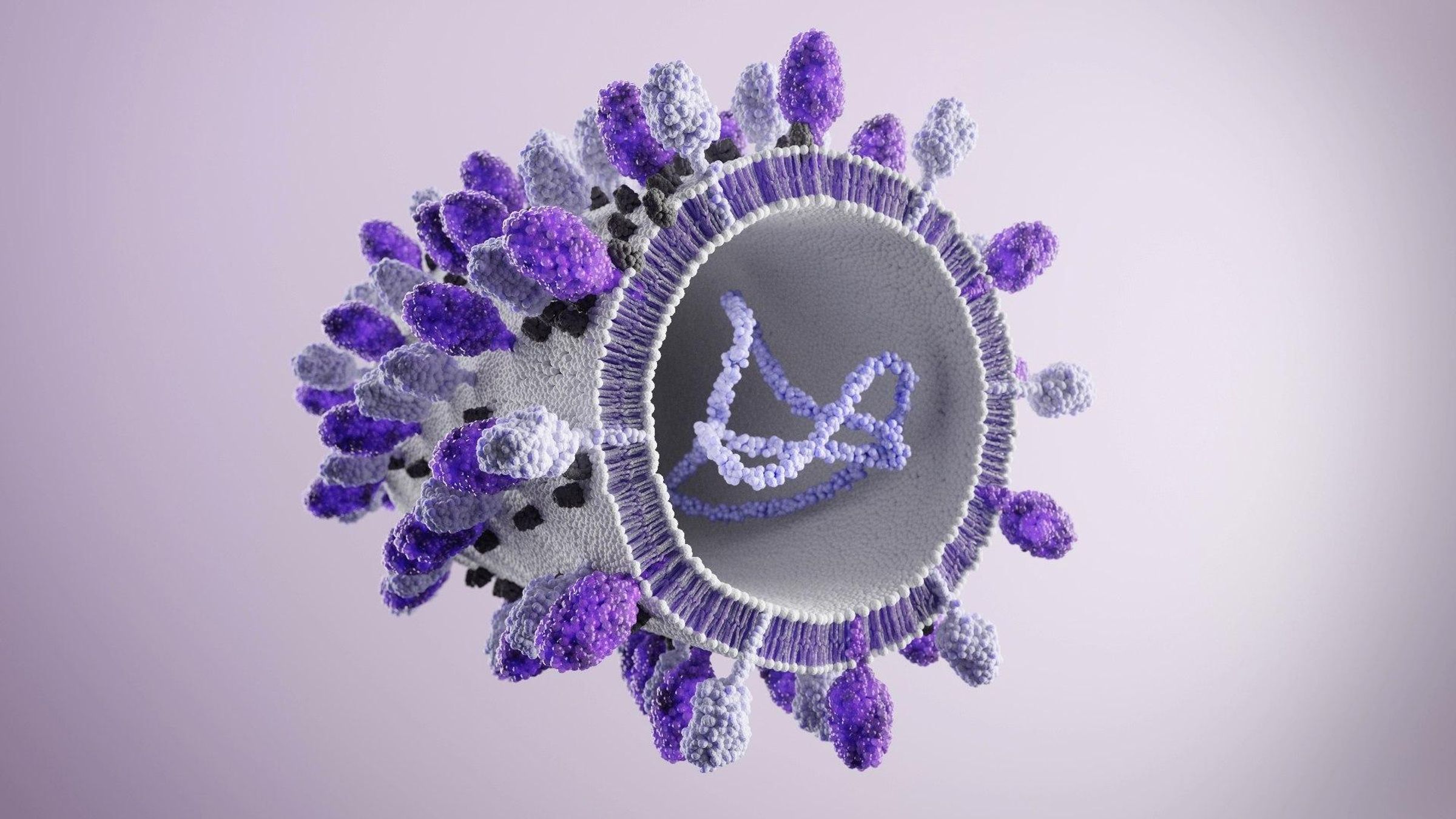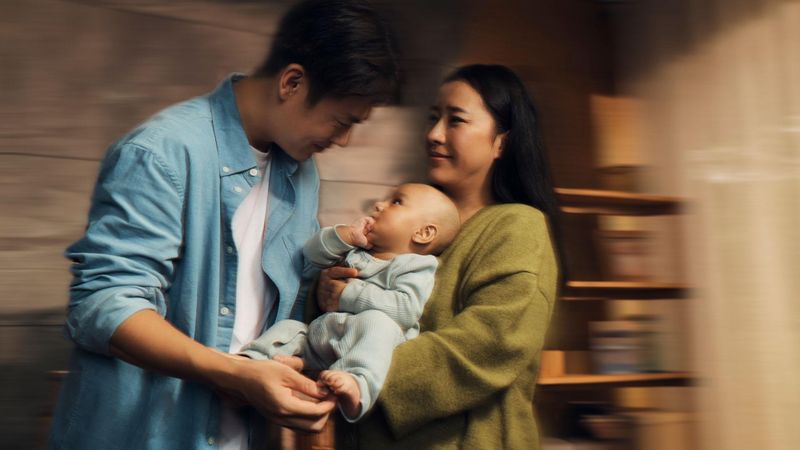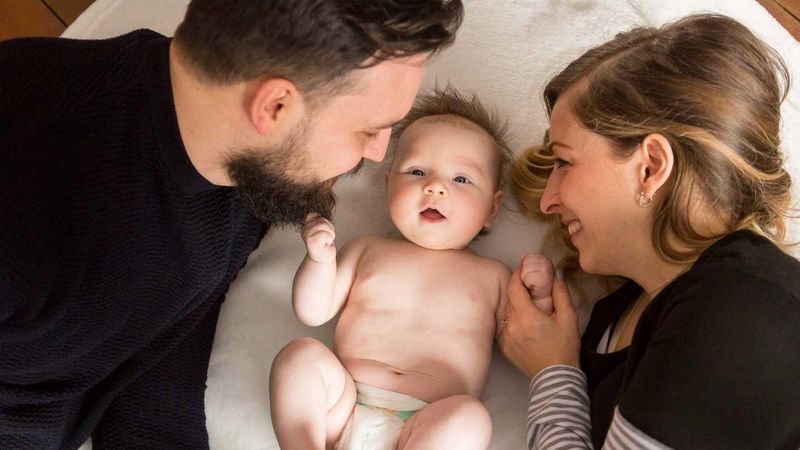
Globally, Respiratory Syncytial Virus (RSV) is a leading cause of severe lung infections,1 and often affects the most vulnerable - children under five years of age and older adults.2 But we can’t fight RSV the same way for both of them.
Our bodies change at every stage of our lives, and our immune system does, too. One size never fits all. So when it comes to RSV, why are we trying to make one solution fit?
We aren’t.
Understanding Our Immunity
We fight viruses like RSV with immunization and vaccination. Immunizations help prevent diseases by giving us protection against them before we are exposed – and that helps make them less dangerous when we do encounter them.3 Vaccines use the natural workings of our immune system to help create the shield (like proteins called antibodies),4 but our immune system works differently depending how old we are. Like the rest of our body, it “grows up” – and grows old – with us, so we have to protect ourselves differently, depending where we are in life.5
We're rethinking RSV from a scientific standpoint: to help prevent disease at every phase by adapting to our changing immune system.
Fighting Disease by Age
RSV can be especially severe in infants, when the immune system is still developing.2 As infants, we aren’t very good at protecting ourselves, so we need ready-made proteins, called antibodies, to help keep the virus out of our tiny lungs.3
Toddlers remain susceptible to RSV while their immune system is still growing. At this stage, the immune system needs practice to build up a shield. Vaccines that are made with a weakened form of the virus mimic a natural infection to help them build a protective immune response.4
As we age, our immune system does, too, and our bodies are not as good at fighting respiratory diseases like RSV and its cousin, human metapneumovirus (HMPV). But as older adults, we also have an advantage: our immune system has had years of practice fighting diseases. Vaccines that contain a little piece of the virus give our immune system a boost, making it easier to fight RSV and HMPV when we encounter them next.5,6
How We’re Advancing Science to Improve Lives
RSV infects almost all children for the first time before they turn two years old.7 At this age, the virus can spread to the lungs and sometimes even requires hospitalization.7,8 Risk of serious disease decreases with age, and healthy adolescents and adults may not even know when they are infected with RSV. But we become more vulnerable again, just as we are looking forward to being free of life’s daily demands – retiring, chasing the dreams we’ve put on hold – and watching the next generation grow.
We’re rethinking RSV from a scientific standpoint: to help prevent disease at every phase by adapting to our changing immune system. We use different approaches for different stages of life, and with more than half a century of deep immunoscience research, we’re working to help protect the most at-risk among us, wherever they are in life.
By using technologies specifically designed for our changing immunity, we aim to safeguard the dreams of the next generation so they can make more memories and chase more adventures.
References
- Piedimonte G, et al. Pediatr Rev. 2014;35(12):519-530.
- Carvajal JJ, et al. Front Immunol. 2019;10:2152.
- U.S. Centers for Disease Control and Prevention. “Healthcare Providers: RSV Immunization for Infants and Young Children.” https://www.cdc.gov/vaccines/vpd/rsv/hcp/child.html Accessed September 2025
- U.S. Centers for Disease Control and Prevention. “Explaining How Vaccines Work.” https://www.cdc.gov/vaccines/basics/explaining-how-vaccines-work.html Accessed September 2025.
- Simon AK, Hollander GA, McMichael A. 2015 Evolution of the immune system in humans from infancy to old age. Proc. R. Soc. B 282: 20143085. http://dx.doi.org/10.1098/rspb.2014.3085
- National Institutes of Health. What are mRNA vaccines and how do they work? https://medlineplus.gov/genetics/understanding/therapy/mrnavaccines/Accessed September 2025
- Esposito S, et al. Front Immunol. 2022;13:880368.
- McLaughlin JM, et al. J Infect Dis. 2022;225(6):1100-1111.
MAT-GLB-2505756 I October 2025



